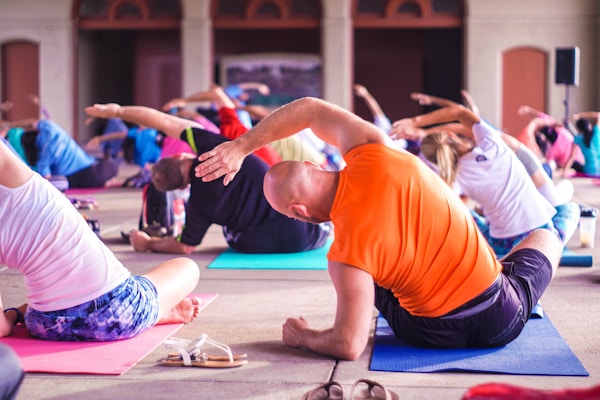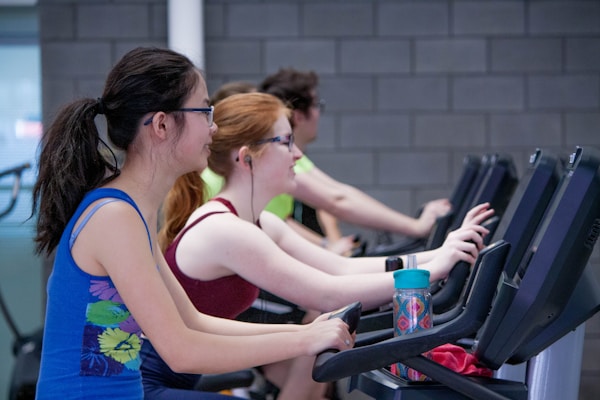Synthesis
What are users saying?
I sorted the data into different pain points, motivators, and behaviours and discovered something interesting.
Pain Points
I'm a father. Finding time to go and workout is pretty tough when you have a baby.
It’s not easy finding someone to workout with because they don’t share the same schedule as me.
We all have families and jobs and stuff that it can be hard to match-up.
I need some way of organizing my schedule with people because finding time is difficult when you're older
Motivators
I'd love to commit more time into it because I want to be there for my kids as long as possible
Having somebody go with me would be super helpful
Behaviours
I go on walks every now and then, but it's not easy to stay motivated when you're alone
I really like tracking every thing I do when it pertains to fitness
Main Theme
"I'm just too busy!" - literally everyone
100% of interviewees agreed that social accountability was important, but the discussion was centered on the the theme of poor time management due to a busy schedule.
- Life commitments makes it difficult to find workout times
- Users are interested in having a workout partner, but can't always match schedules
- Struggle with organizing time
User Persona and Journey
Understanding the User Joe
Using the data, I created a user persona named "Joe" and followed him on his journey. Analyzing Joe's journey highlighted the importance of syncing one's schedules with one's friends.
HMW Statement
After understanding all this data, it was clear to reframe everything into a question that needed to be answered.
How might we motivate middle aged Canadians reach their fitness goals so that they can be healthy?














